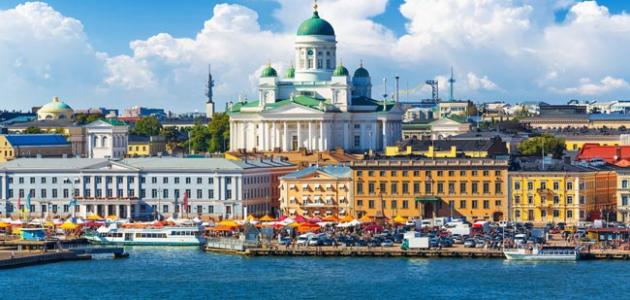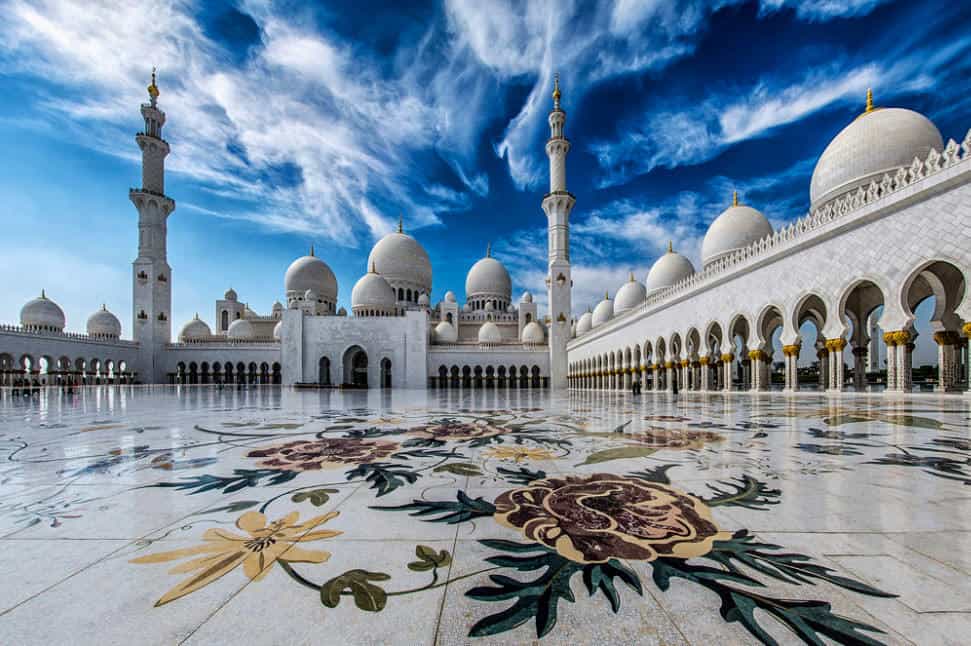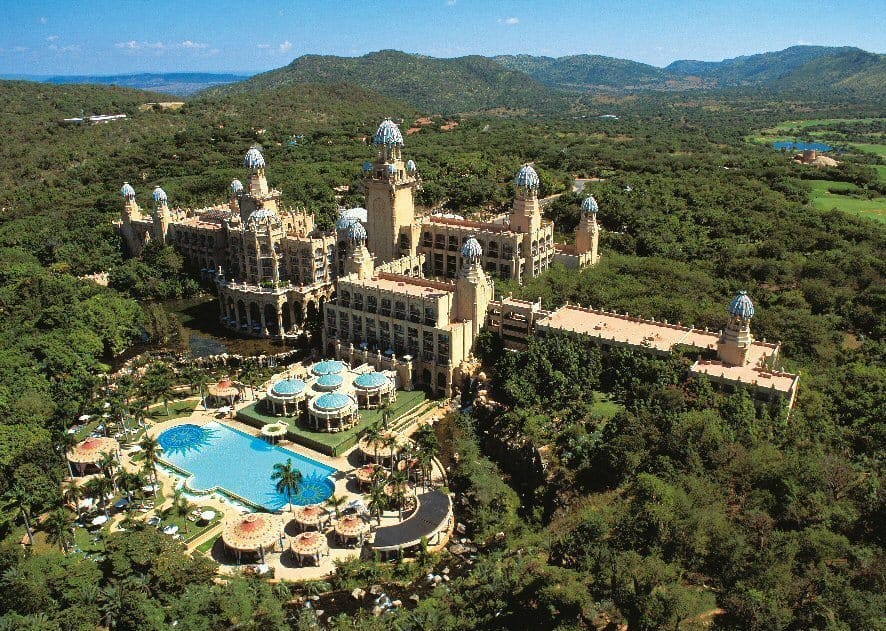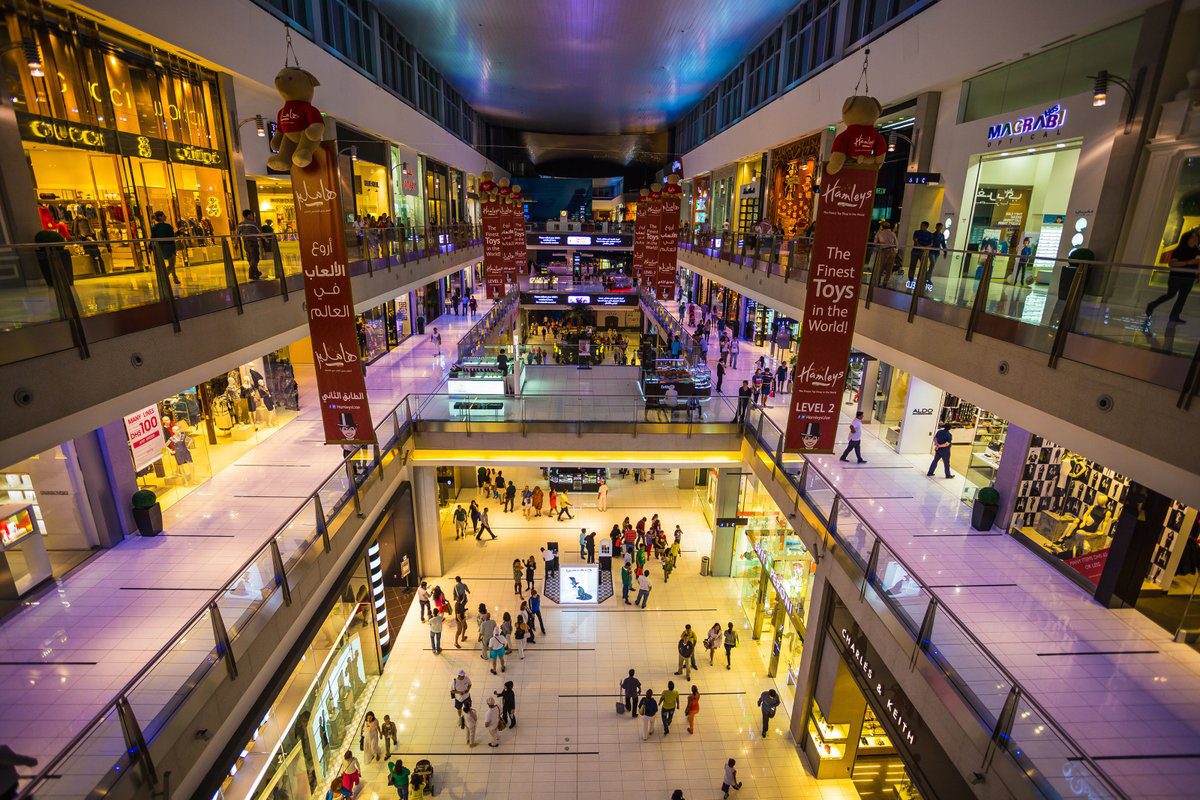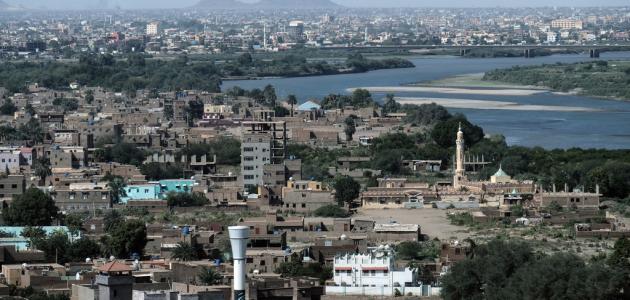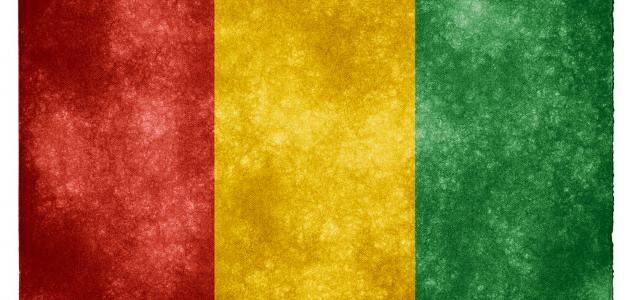Table of Contents
To whom
Yemen (English: Yemen), officially the Republic of Yemen (English: Republic of Yemen), is an Arab country located in the Arabian Peninsula to the south of the Sultanate of Oman and the Kingdom of Saudi Arabia, overlooking the Red Sea and the Gulf of Aden. The name Yemen comes from the word “Yemen”, which means happiness and prosperity, and the founding of the Republic of Yemen dates back to 1990 when the Arab Republic of Yemen in the north and its center Sana’a united with the People’s Democratic Republic of Yemen in the south and its center of Aden, and together they formed a united republic since that time.
The total area of Yemen is 527,968 km2, and in 2016 its population reached 27,392,779 people, and it is thus in the 48th ranking at the level of the countries of the world in terms of population, and the official and spoken language in Yemen is the Arabic language, and the population speaks the Soqtari language and the Mahariya language, and the origins are descended Most of the population is Arab, along with some African, South Asian, and European Arabs, and 99.1% of the population converts to Islam, along with the spread of Jewish, Baha’i, Christian, and Hindu religions.
Sanaa is the capital of Yemen
The capital of Yemen is Sana’a (English: Sana’a), which is the largest city, and it is the oldest city and population group in both Yemen and the world, and one of the most distinctive features of Sanaa is its stunning architectural character, which is the capital of the Republic of Yemen since its inception in the year 1990 AD, and the city is formed Out of 10 directorates, namely: Old Sanaa, Al-Thawra, Al-Tahrir, Al-Wahda, Seventy, Moein, Azal, Bani Al-Hareth, Al-Safia, and Shaab. Sana’a city has an area of 126 km, while Sanaa Governorate has a total area of 223 km, and according to 2016 statistics, the population of Sanaa has a population of approximately 1.9 million, while Sanaa Governorate has a population of approximately 3.1 million, and the population density in Sanaa is 15,300 people / How many.
Geography of Sanaa
Location
Sana’a is located in the western part of the Republic of Yemen, and is 160 km east of the Red Sea coast, and 2200 meters above the surface of the sea. Dhamar Governorate from the south, Al-Jawf and Marib governorates from the east, and Al Hudaydah governorate from the west. As for astronomer, the city’s coordinates extend between longitude 21 ° 15 ‘north, and longitude 44 ° 12’ east.
Landforms
Sanaa is notorious for its wide diversity of terrain, as the city contains high mountains; there is the highest mountain peak in the Arabian Peninsula and Yemen, which is the summit of the Prophet Shoaib Mountain, which is approximately 3760 meters high, and its slopes are related to all of the Al-Himaytin mountain range and the Haraz Mountains. In the east of Sana’a, the Khulan mountain range, along with the mountains of areas, Nahham, Arhab, Bani Hashish, and the Raymah mountain range, and other forms of terrain that are found in Sanaa are fertile agricultural valleys.
the climate
The city of Sanaa has a moderate climate in summer and cold in winter, with a very small percentage of rain during the year. In the summer, temperatures range between 20 – 32 degrees Celsius, and temperatures rise in the months of May, June and July, and peaks in July, when the average temperature reaches There are 27.7 ° C, while in the winter temperatures range between (-1, -18) ° C, and November, December and January are the coldest months of the year, the lowest in December with an average temperature of 6.2 ° C, and the average rainfall Above in August is 63.6 mm.
History of Sanaa
Sana’a is one of the oldest inhabited cities since ancient times in the world, and although it is not known a specific date for the beginning of settlement there, the well-known Yemeni historical story traces the founding of the city to one of the three sons of the Prophet Noah, and is located in the historical site of Ghamdan, which may date back to the first centuries And the second BC, and Sanaa was an Arab center for Christianity and Judaism before Islam and before its conquest by the companion Ali bin Abi Talib in the year 632 AD.
During the Islamic era, the city fell under conflicts between the Zaidi Imamate and another rival, and the rule of Zaydism in the city lasted from the ninth century until 1962 AD, with frequent interruptions. Between the 12th and 15th centuries CE, the city’s fortunes declined significantly, as successive invaders established their capitals in other cities, At the beginning of the 16th century AD, the city was adorned with many beautiful mosques and Islamic schools during the reign of Abd al-Wahhab bin Tahir of the Tahirid dynasty.
In the middle of the 16th century AD, the city of Sana’a fell under Ottoman sovereignty, but they did not rule it completely; rather, the imams ruled it from the 17th century until 1872 AD, when the Ottomans succeeded in bringing the city under their control, but the conflict between the imams and the Ottomans continued until 1911 AD, A treaty was subsequently signed, giving the Ottomans complete control of the city. After the fall of the Ottoman Empire at the end of World War I, Sana’a became the capital of Yemen.
Under the rule of Imam Ahmad who ruled between 1948-1962 AD, the capital moved to the city of Taiz, but Sanaa regained its status as a capital after the revolution of 1962 and the declaration of the Arab Republic of Yemen in the north of Yemen. In the wake of this revolution, a civil war continued for 8 years, and in 1990 AD Sana’a became the capital of the Republic of Yemen, after the union of North and South Yemen together.
Landmarks of Sanaa
Sana’a contains many tourist places and important historical monuments that date back to different eras, the most prominent of which are:
- Old Sana’aOld Sana’a is the oldest inhabited city since the fifth century B.C., and it is a fenced city with 7 gates, of which only the door of Yemen remains, and the city has become an important Islamic center for spreading Islam in the 7 and 8 centuries AD, and there are 106 mosques , 21 bathrooms, and 6500 houses, all dating back to before the 11th century AD. The city is distinguished by its architectural style full of decorations, which is taken from the Himyari style, and in 1986 AD, old Sana’a was included on the UNESCO World Heritage List.
- Stone houseIt is a stone palace consisting of 7 floors consistent in terms of design. At the gate there is a tree that is 700 years old and has a wide corridor paved with large stones. It is located on the northern side of the amphitheater, and overlooks a circular water basin made of black turkey.
- Al-Bukayriyah MosqueThe dome of this mosque is considered one of the most beautiful mosques in the city.
- The Sanaa Wall and its gatewayThe construction of the city wall dates back to 7 centuries, and is approximately 40 feet (12.19 meters) high. It is made of clay and is still well preserved until now. The city gate is the Yemen Gate, and it consists of 6 gates that are executed to Sana’a.
- Great MosqueIt is the oldest of the Islamic mosques. It was built during the era of the Prophet, peace and blessings be upon him in the sixth year of migration. It is rectangular in shape and has 12 doors, and it is very large in size, its outer walls are made of black turkey stone, and its porches are made of bricks and plaster.
- Salt marketOne of the most famous ancient markets in the city of Sana’a, and this was called for selling spices and spices mainly, while the historian Muhammad Abu Al Hassan Al Hamdani attributed the reason for the name to the word salt, which means what is beautiful and melting, and the Yemeni dialect turned it into salt.


